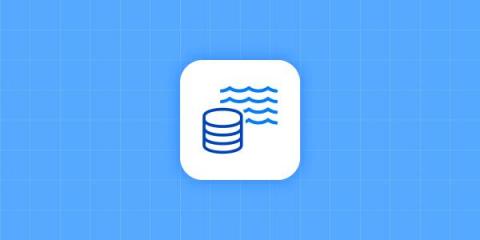Systems | Development | Analytics | API | Testing
Integration
Fivetran now available in Microsoft Azure Marketplace
Microsoft customers can discover, transact and deploy Fivetran’s fully managed and automated data pipelines in Azure and more.
Why APIs Are Central To Your Integration Strategy
What is a data lake?
Data lakes serve as central destinations for business data and offer users a platform to guide business decisions.
EDI vs API in B2B partner onboarding | How you can use both
This discussion has been going for years: who wins the battle of EDI vs API? On the one hand, EDI is considered to be a legacy technology that is difficult to implement and maintain. Yet at the same time many enterprise-grade software systems have it as a key element of information communication. In fact EDI continues to play an integral role specifically in the supply chain oriented industries such as logistics, automotive and, of course, retail.
What is data transformation?
Learn why data transformation is essential to data modeling and bringing your organization to the forefront of data literacy.
New Fivetran Pricing Delivers Greater Accessibility to Customers
Unlimited resyncs, moving from credits to dollars, new pricing plan, and more.
The state of iPaaS in 2022: Powering SaaS, Data Intelligence, and AI
The iPaaS market is clearly growing now at a faster pace than ever anticipated. This is not only due to the pandemic forcing companies to accelerate the digital transformation, but also in general due to the rise of SaaS. The replacement of older, server-bound software solutions with more modular, user-friendly and flexible SaaS solutions means customers need to connect these disparate cloud systems somehow if they want their business to become truly data driven.
Terraform and the Modern Data Stack as Code
Create and maintain dev, test and prod modern data stack deployments with Fivetran’s Terraform provider.
Best of 2021: Fivetran's Year in Review
Dozens of new connectors, partner integrations, security and compliance enhancements — and the Fivetran data models you love.











